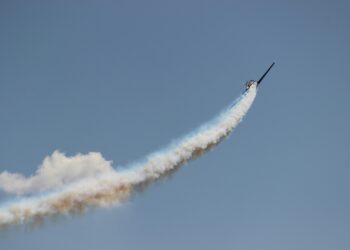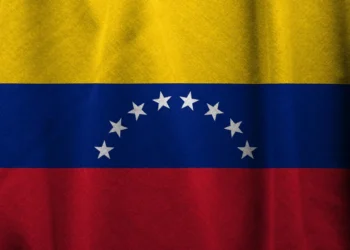Vladimir Putin has been itching for a bigger fight with the West, and Estonia may have just given him the excuse he keeps begging for. When three Russian MiG-31 fighter jets boldly crossed into Estonian airspace last Friday, it wasn’t just a reckless flight. It was a test, a deliberate poke at NATO’s nerves. Now Estonia has triggered Article 4 of the Washington Treaty, dragging the entire alliance into the mess.
A brazen move from Moscow
Tallinn called the move “unprecedentedly brazen,” and it’s hard to disagree. Russian jets reportedly lingered in Estonian airspace for 12 minutes, not seconds, minutes — before pulling back. That’s not a mistake, that’s a message. Putin is telling NATO, “I’m here, and I’m not afraid to cross your lines.” And as usual, Moscow denies it ever happened, insisting the planes were in “neutral waters.” The denial is almost laughable, Russia has perfected the art of lying with a straight face.

NATO cannot keep playing it safe
This is where it gets serious. Estonia is not Ukraine. It’s not some grey-zone territory Russia can chip away at. It’s a full NATO member. And Article 4 means consultations, discussions, and warnings, but everyone knows what lurks behind it: Article 5, collective defense. If Russia keeps crossing lines, NATO will eventually run out of patience, and the conversation will move from “consultations” to confrontation.
Putin is obsessed with testing limits. Just days before, more than 20 Russian drones crossed into Polish airspace. He knows every drone, every jet, every “mistaken” flight forces NATO to respond. He thrives on pushing until someone snaps.
Estonia’s bold step
Estonia’s move to call in NATO shows a small country refusing to be bullied. It’s saying what many Western leaders don’t want to admit, that Putin won’t stop until he’s forced to. The Baltic states have lived under Moscow’s shadow before, and they know exactly what unchecked Russian aggression looks like. For them, waiting isn’t an option.

















